WBC-pipettes
Gentian violet slightly stains the nuclei of the leucocytes. The blood specimen is diluted 1:20 in a WBC pipette with the diluting fluid and the cells are counted under low power of the microscope by using a counting chamber. The number of cells in undiluted blood is reported per cumm (µl) of whole blood.
Report Abuse
Shipping Details
Based on 0 reviews
Be the first to review “WBC-pipettes”
You must be logged in to post a review.
Vendor Information
- Store Name: ATLANTIC Scientific and Research Supply
- Vendor: ATLANTIC Scientific and Research Suply
- No ratings found yet!
-
Health & Medical
Door Pulls
Kopperguard™ antimicrobial DOOR PULLS kills greater than 99.9% of Bacteria* within 2 hours of contact!
All Kopperguard™ products are made from CuVerro® antimicrobial copper and registered with EPA as the only solid Antimicrobial Surface
Incorporation of Kopperguard™ antimicrobial product into your facility can help reduce the bacteria* that cause infections
Available in a brushed rose gold finish that elegantly lets everyone know the steps you have taken to provide continuous protection against disease-causing bacteria*
Antimicrobial protection never looked so good!
Offered in 8”, 10”, 12” sizes for easy installation
SKU: n/a -
Health & Medical
UV-spectrophotometer double beam
Range 190-1100 nm, basic/quantiative wavelength scan/DNA Protein Test/Kinetic, automatic peak picking spectrum display. Large screen with graphic display. Spectrum and data can be printed out by printer and sent to computer via USB PORT. Set of 4 quartz and 4 glass cuvettes is provided. Software Included (Imported with German Lamps).
SKU: n/a -
Health & Medical
Vortex mixer
Ideal for Mixing Solutions in Test Tubes or Small Flasks with Circular, Oscillating Movement
Variable Speed Control Allows Slow Speed Shaking Action up to High Speed Vortexing
CE Certified
PL(Product Liability) Insurance
Gentle Mixing to re-suspending Pellet
Supplied with Ø 76 mm Platform and Pop-Off Cup
Realize High Power, Stable Motion with Low Noise
Tough Metal Housing Provides a Stable Platform for all types of Mixing
3-position Power Switch Operates with Continuous Action or “Touch On” Control
Aluminum Die-casting with Powder Coating
Various Shapes, Sizes and Materials of the Head allows for mixing of almost all Common Tubes or ContainersSKU: n/a -
Health & Medical
Mechanical Stirrer
Overhead stirrer is suitable for mixture of high viscosity liquid or solid-liquid. Widely used in chemical synthesis, pharmaceutical, physical and chemical analysis, petrochemical, cosmetics, health care, food, biotechnology and other fields.
Characteristics:
. Brushless DC motor drive, low noise and maintenance free.
. Stainless steel head restraints, more durable
. Stirrer with digital type has three kinds of rotation mode as positive rotation, inversion, reciprocal and mutual conversion.SKU: n/a -
Health & Medical
Digital Incubator
Digital 10 l, 23 l and 56 l incubators are compact and economically priced, yet offer features not typically found in a basic incubator. The housing is all metal, as is the door frame. See-through acrylic door lets you view contents without opening the door. One shelf for 10 l and two shelves for 23 l and 56 l models are included, and can be adjusted in different levels – additional shelves can be purchased to increase storage capacity.
The heating elements in the incubators are incorporated into the bottom and sides of the aluminum chamber. This provides better temperature stability and uniformity than other incubators in it’s class. A grommet hole in the top of the unit can hold a thermometer for accurate temperature setting
SKU: n/a


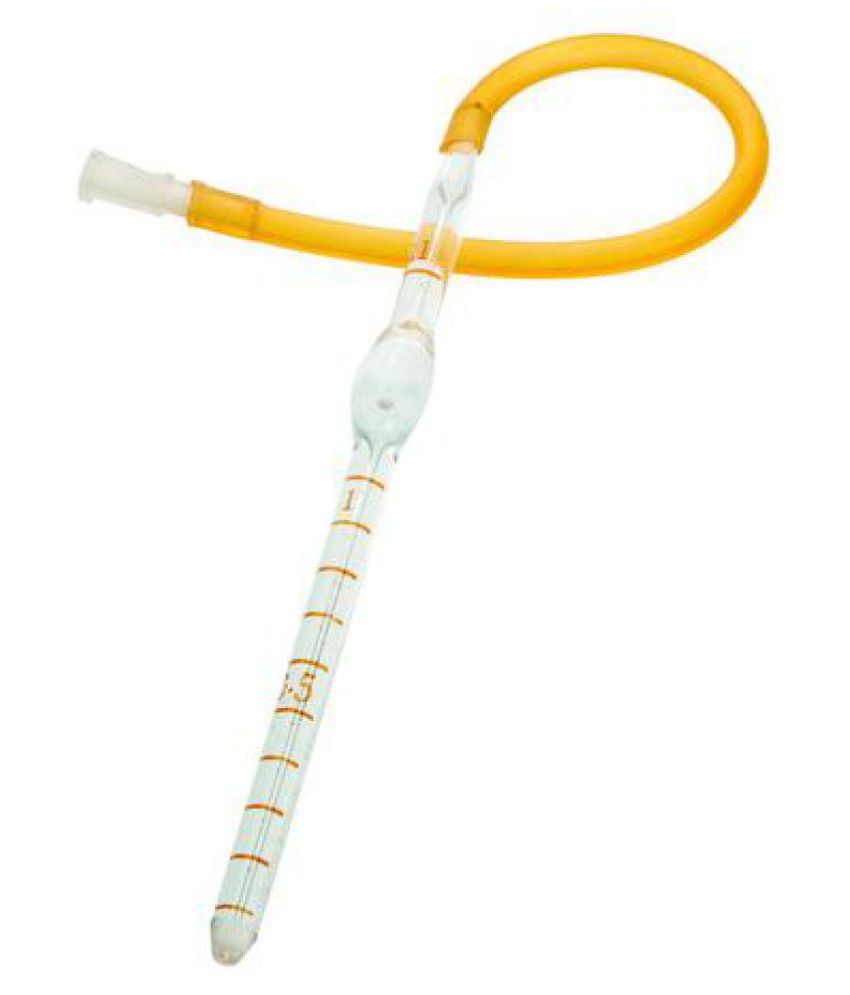
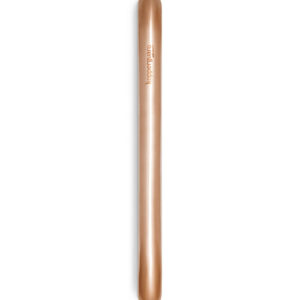
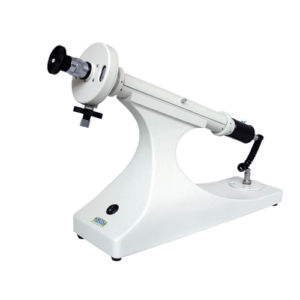
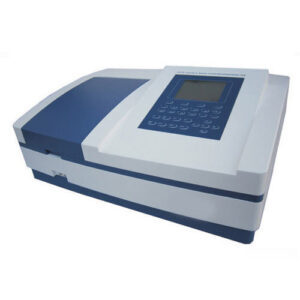
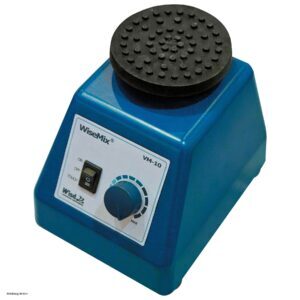
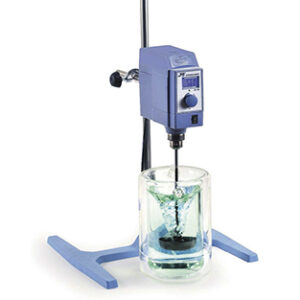
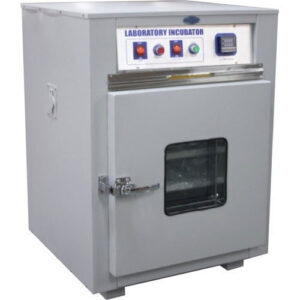
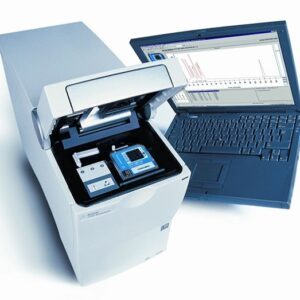
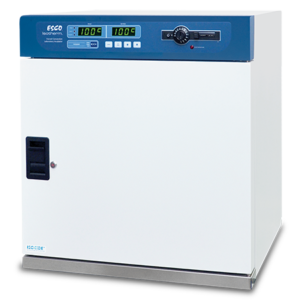
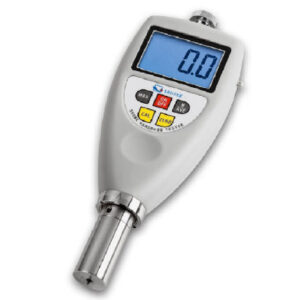
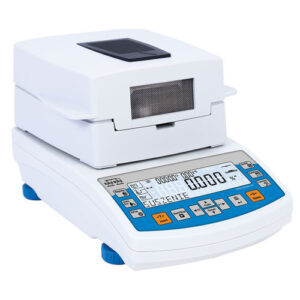
There are no reviews yet.